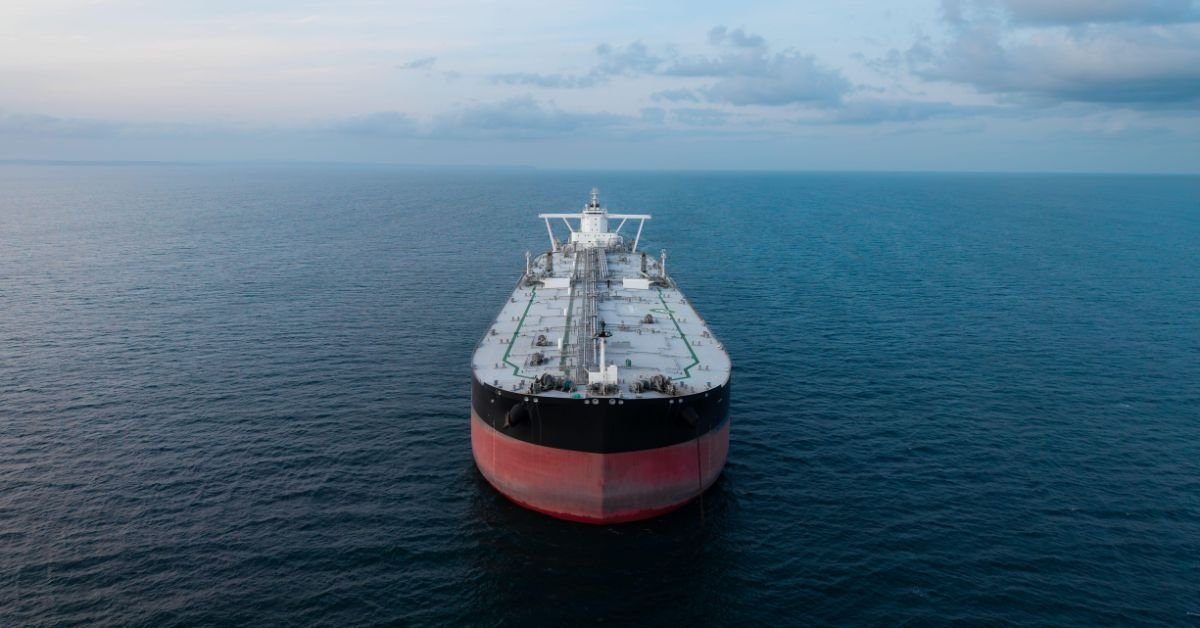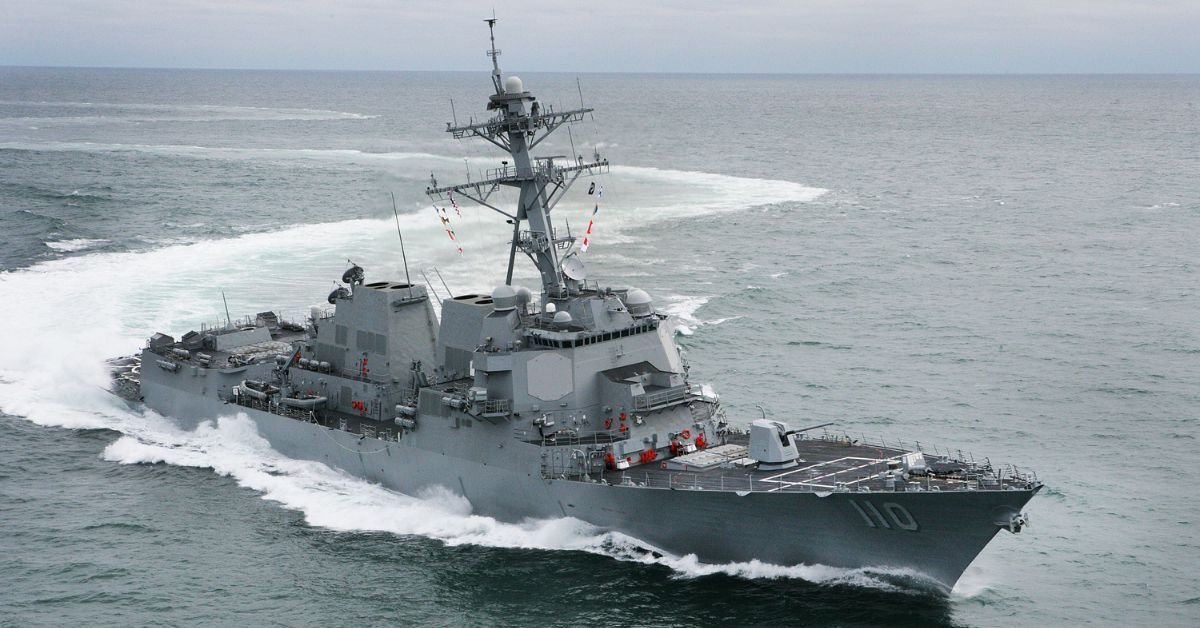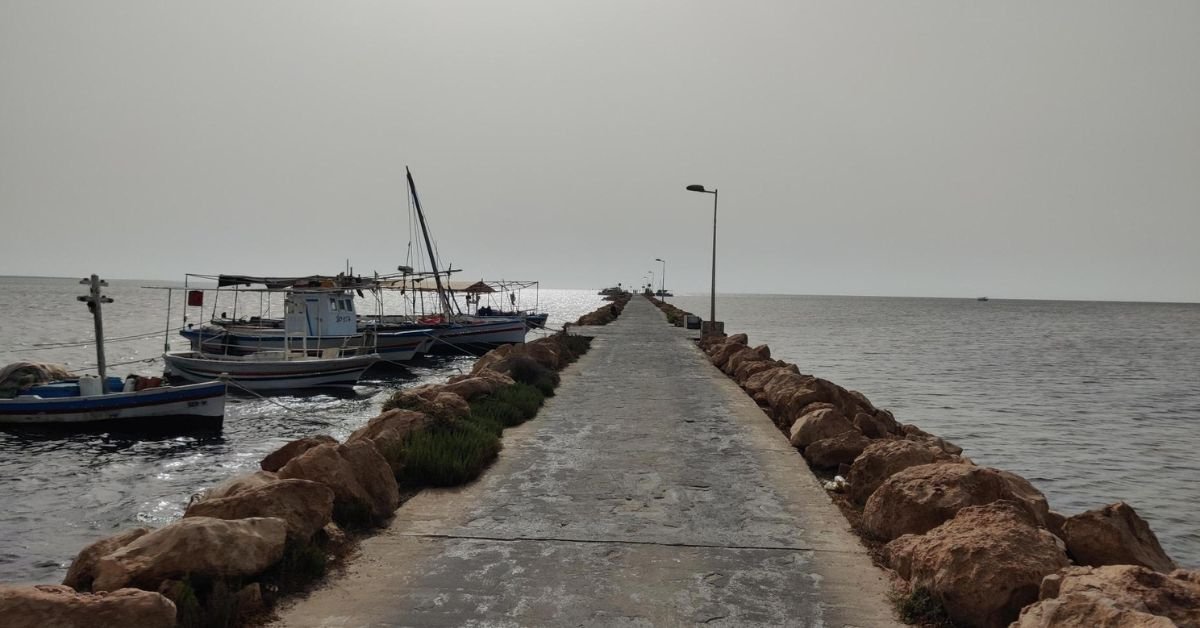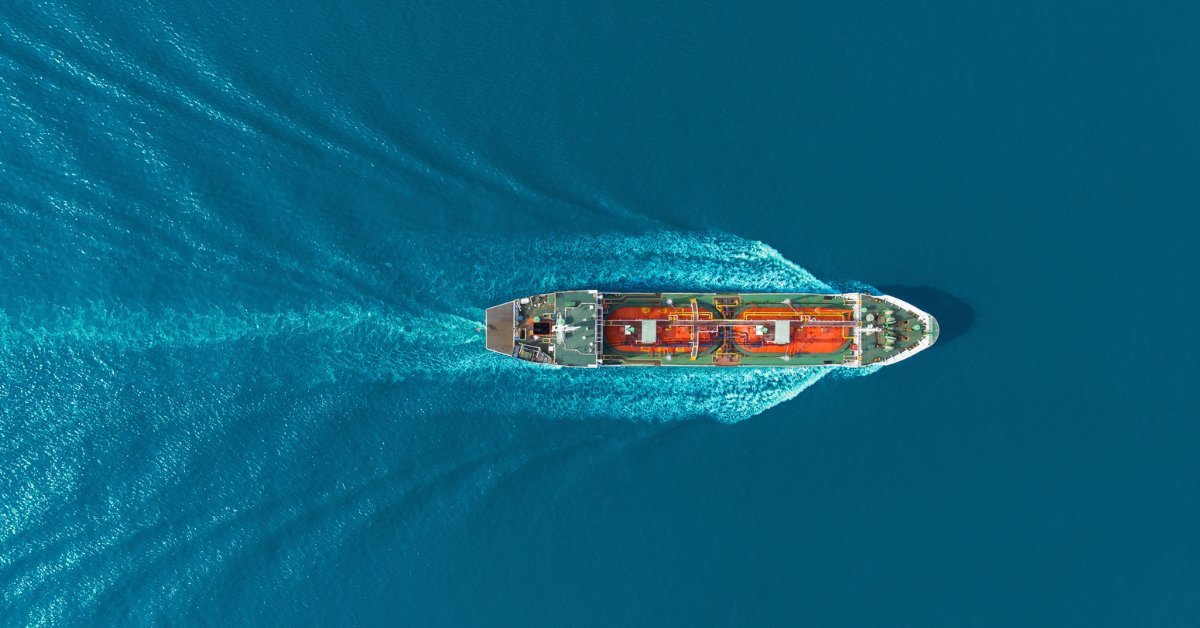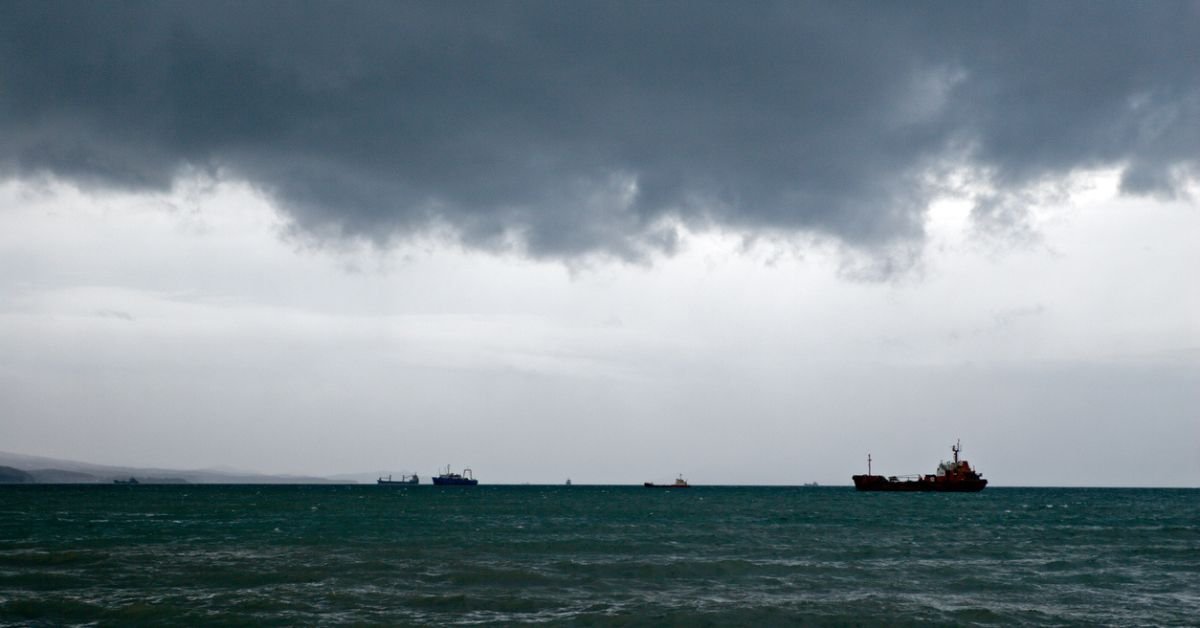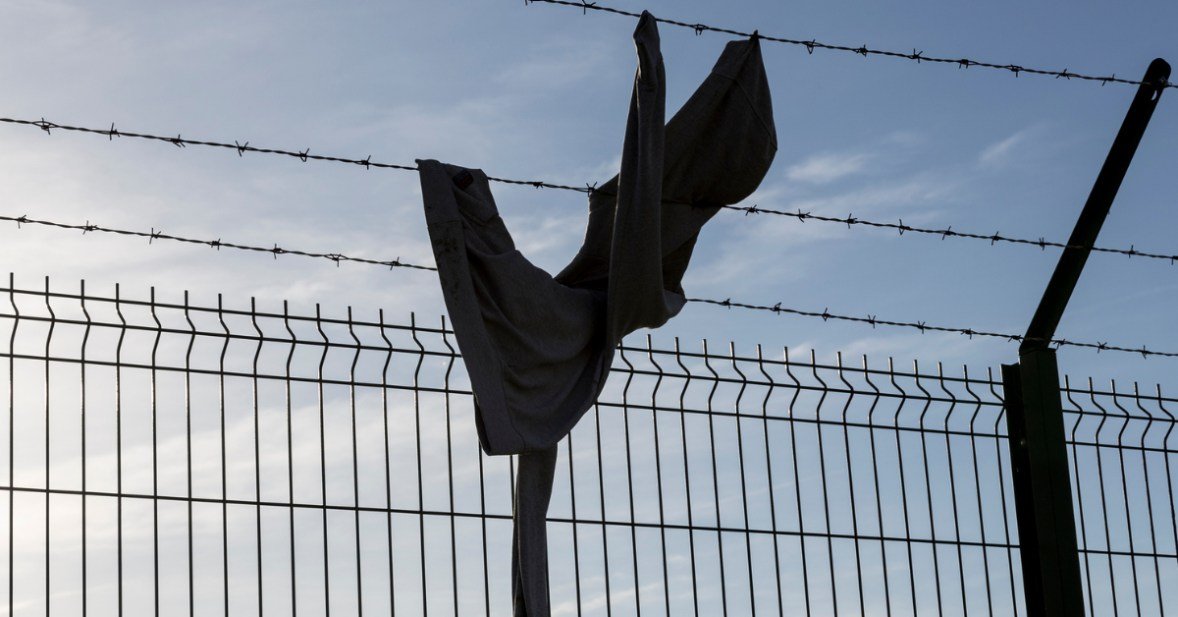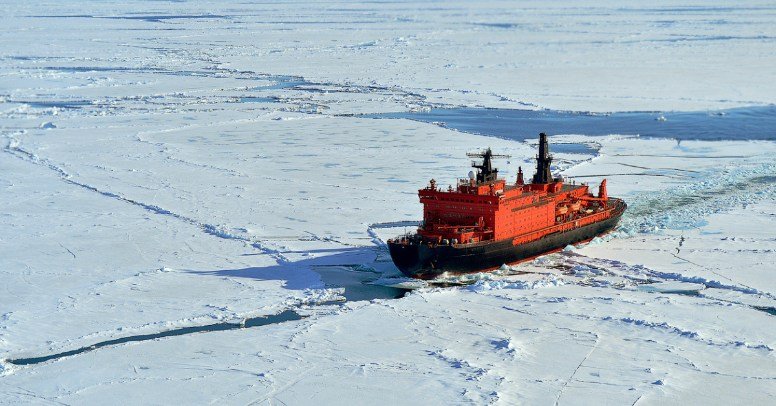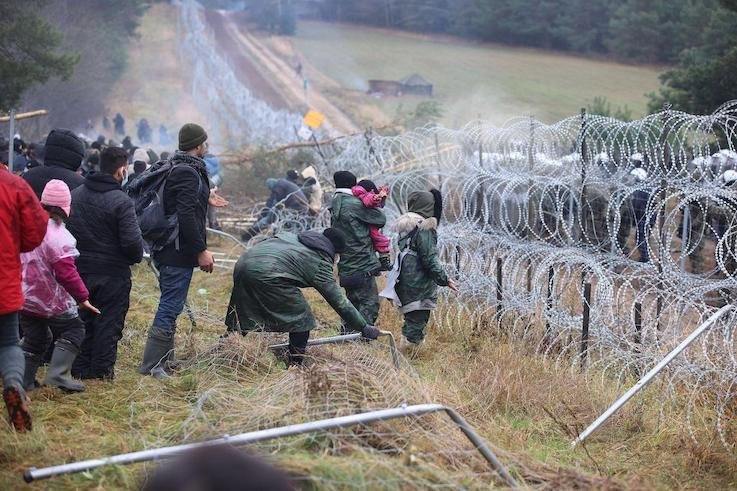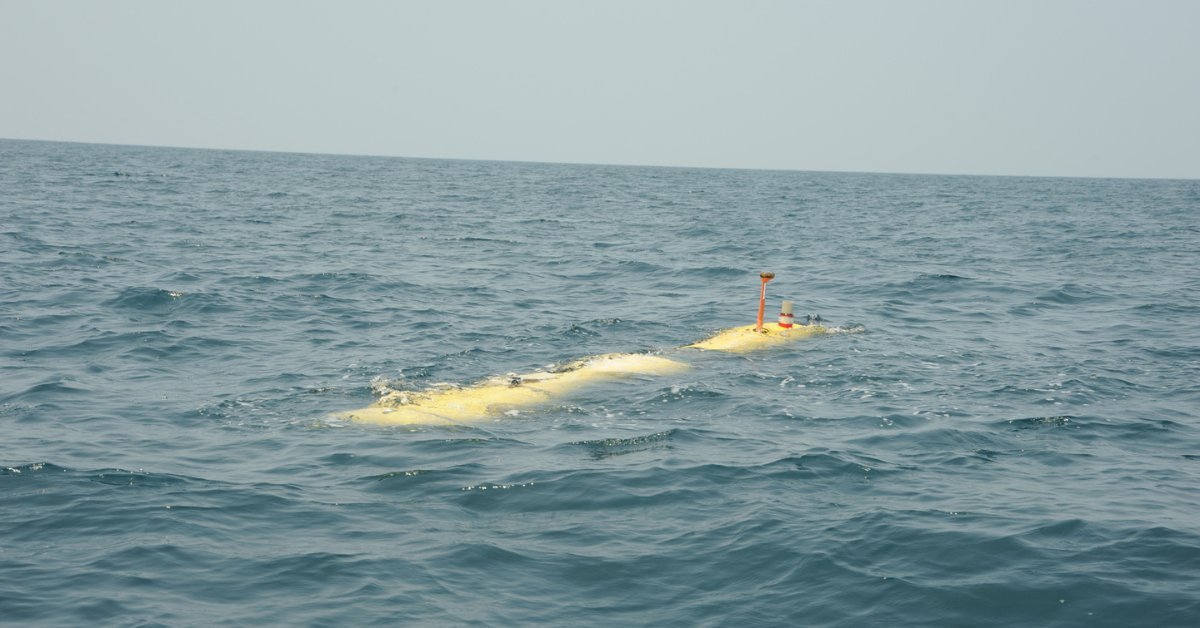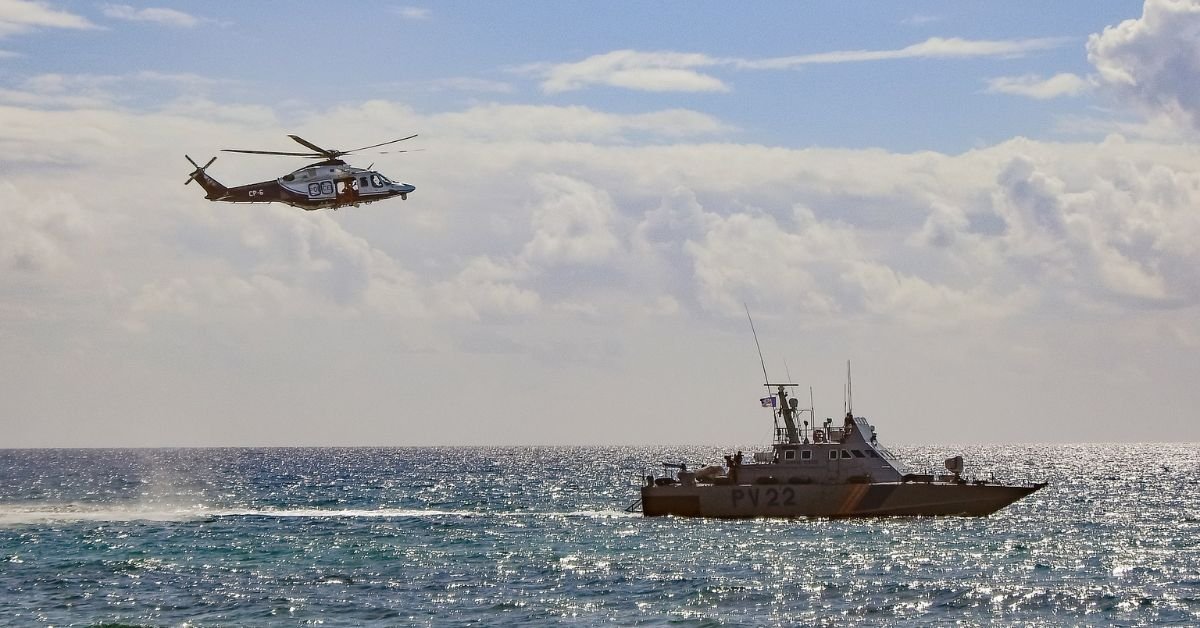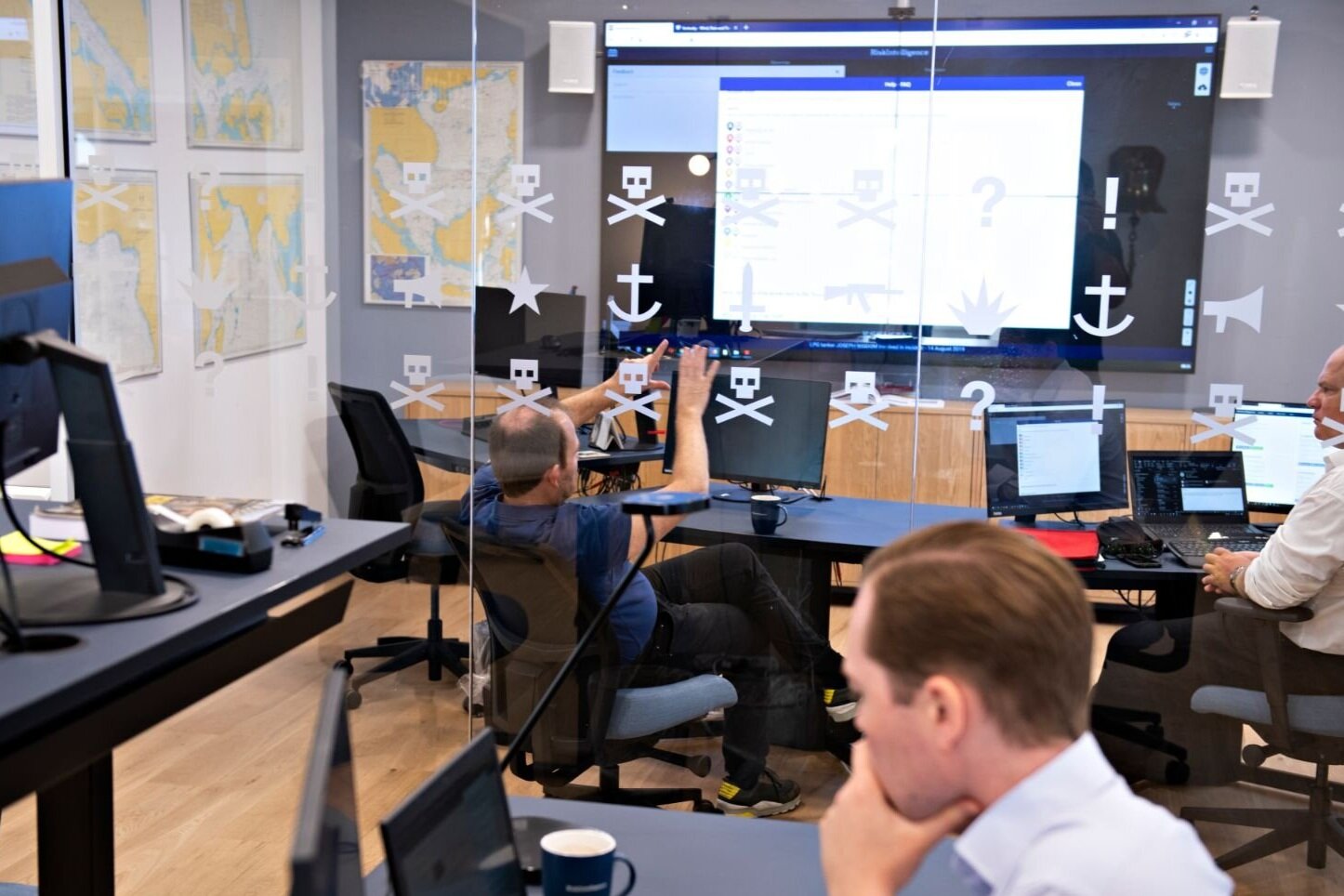
Risk Intelligence insights
Risk Intelligence’s highly experienced security risk analysts are frequently featured in the media as journalists report on the maritime and land-based security threats to supply chain and logistics operations across the world. Here, we feature the articles published in news and industry media world wide, and add shorter analyst briefings on global hotspots for piracy attacks, crime and theft, insurgency, war risk and other security risks on land, at sea and in ports.
For 12 days from 13 to 24 June, Israel and Iran traded ammunition with the US joining in at the last moment to strike Iranian nuclear facilities. Iran’s feeble retaliation did not include the closure of the Strait of Hormuz, long viewed as its “ultimate option”.
Vessels in the Gulf of Oman did adopt a holding pattern, with many hesitating to cross the Strait, but that was mostly for fear of collateral damage and navigational hazards. Did Iran lose a game of chicken with the US in threatening to close the Strait, did broader considerations prevent Iran from taking action, or was the threat to the Iranian regime not grave enough to justify the use of its last resort?
The adoption of smart technologies and the digitalisation of supply chains bring both opportunities and vulnerabilities. Whilst the use of technology enhances operational efficiency, it also exposes critical systems to increasingly sophisticated cyber threats.
Electronic Control Units (ECUs), and protocols that manage critical functions of vehicles are particularly vulnerable and can be remotely exploited to impact, for example, brakes and acceleration systems.
Kashmir is a region fully claimed by both India and Pakistan, but each country only controls part of it following their partition after gaining independence from Britain in 1947. The two nations have fought two wars over the territory.
In recent years, militant attacks have further escalated tensions, pushing both countries to the brink of conflict. Since 1989, Indian-administered Kashmir has experienced an armed insurgency against Indian authority, with militants targeting both security forces and civilians.
On 20 February the Trump administration designated at least 6 Mexican criminal organisations as Foreign Terrorist Organisations (FTOs). US officials raised concerns among Mexican and Latin American officials by publicly stating the US could take unilateral military action to combat Mexican cartels across the border.
These remarks triggered speculation on the possibility of aerial strikes on cartel infrastructure, most likely through the use of UAVs and from naval assets, mirroring the two-month-long bombing campaign in Yemen.
On 12 May 2025, militia leader Al Kikli was gunned down with his bodyguard at a meeting in Tripoli. Al Kikli was goaded to the meeting by western Libya’s Minister of Interior Trabulsi and his brother, himself a militia leader, to hash out turf fights and political disputes.
Militias swiftly moved in on Al Kikli’s turf, seizing businesses and buildings occupied by his men. There were few casualties but much unease, as Prime Minister (PM) Dbeiba attempted to dissolve other hostile militias and consolidate his rule. He notably targeted the SDF, in control of the port, which was looted in the ensuing confusion, then temporarily closed and re-opened since.
As the European logistics network becomes ever-more important, its vulnerability to targeted disruptions from various actors grows. These threats, ranging from theft and criminal infiltration to sabotage, highlight the need to shift toward more proactive, intelligence-led strategies to secure critical infrastructure and maintain supply chain resilience.
As logistics systems grow more interconnected, and state and non-state threat actors alike leverage the complexity of the supply chain to conduct targeted operations, there is an urgent need for a proactive, intelligence-led approach to detecting, disrupting, and deterring hostile infiltration into these vital networks.
Sanctions on Iran have historically impacted its oil industry and financial sector. With the upcoming JCPOA sunset clause and the current US campaign of "maximum pressure," the US - Iran nuclear negotiations are critical.
Along with potential reinstatement of EU restrictions, the outcome of the deal could lead to an increase in sanctions against Tehran, expanding the list of targeted companies and further hindering the Iranian economy and its oil exports.
Since taking office, President Trump has instructed his new administration to focus on “stopping the killing” in Ukraine. However, although there has been intensified diplomatic activity attempting to establish various forms of agreements, these have not yet managed to provide any actual ceasefire on the ground or in the Black Sea.
The new Trump administration has shifted US policy from focussing on funding and supporting Ukraine against the Russian invasion, to focussing on attempting to force an end to the war: by scaling back or withholding support, and pressuring Ukraine to agree to the various ceasefire proposals promoted by the US.
The resumption of Israeli air strikes on 18 March marked the end of the fragile ceasefire of January 2025. To date, the main threat to Israel has been from ballistic missiles, which the Houthis have launched on several occasions, albeit more symbolically than operationally.
Although several rockets have been launched from Gaza and Lebanon, none of the three Israeli ports on the Mediterranean coast has been targeted, either by Hamas or by Hezbollah.
Recent high-impact incidents in Germany, France and Italy underscore the severe risks posed by organised criminals to supply chain and commercial facilities. Utilising intelligence from LandRisk Logistics and adhering to TAPA standards can fortify your organisation's security and resilience against criminal activities.
We recorded three very different, high impact incidents on LandRisk Logistics that took place between the 14-17 June 2024 which highlight the dangers that capable, motivated and well resourced criminals pose to the supply chain and commercial facilities.
Last week, the spotlight was on Northern Europe's cross-border infrastructure in a shifting geopolitical landscape during the STRING and Region Skåne event at Connecting Europe Days in Brussels. With a focus on the Helsingør-Helsingborg fixed link and the Oslo-Göteborg railway stretch, the importance of these connections was underscored.
Hans Tino Hansen, CEO of Risk Intelligence, along with other specialists, added invaluable insights during the panel discussion, emphasising the intersection of civilian and military infrastructure needs.
Whilst the question of irregular migration, which continues to lie at the heart of European politics, overwhelmingly concentrates on maritime crossings of the Mediterranean Sea and the English Channel, recent data highlights a slow yet significant resurgence of enterprises placing road freight transport at the centre of their strategies.
This article delves into recent numbers, trends, and incidents to explain why irregular migration and smuggling remain a security threat to logistics operations.
Cargo theft criminals have been keeping the LandRisk Team busy during Q4 this year. Of particular interest is the presence of organised criminal groups (OCGs) carrying out cargo thefts on main logistics routes in Germany. OCGs present a significant threat to logistics operators as when they do strike the impact is often much higher due to the increased level of confidence, capability and resources these groups typically employ.
The A-1 motorway between Bremen and Hamburg has been hit particularly hard. On the evening of the 5th November 67 trucks had their trailers slashed in incidents at the Otsetal South, Grundbergsee South and Hatzte service/rest areas.
As naval drones and drone swarms redefine maritime strategies, a deeper analysis reveals how they challenge traditional naval operations and pave the way for innovative tactics in an increasingly complex and contested seascape.
In the ever-evolving arena of naval warfare, a transformation of profound significance is underway. This is evident in the use of smaller unmanned surface vessels (USVs), which has risen from smaller scale use in Yemen in the mid-2010s, to a veritable Ukrainian USV naval programme operating at full scale in 2023.
As Russia attempts to find ways to alleviate the impact of Western sanctions, and finding alternative trading partners and trade routes, China has seized the opportunity and is increasingly asserting itself on the Northern Sea Route. While highlighting the inequalities of the Russian-Chinese relationship, this will also have an impact on the wider geopolitical balance of power.
As global warming makes the Arctic's Northern Sea Route (NSR) more accessible, a complex geopolitical scenario is unfolding, with China taking the lead. Despite Russia's historical dominance over the NSR, it is now being challenged by China's robust shipbuilding industry and its aggressive Arctic strategies.
As technology advances, so does the potential for its misuse. Large language machines (LLMs) and image generators have become extremely popular, seemingly overnight, with the launch of ChatGPT 3 in November 2022. Since then, companies and individuals have scrambled to figure out uses for them for a variety of purposes or sectors.
LLMs continue to be upgraded and refined by their creators, and Adobe recently released their “Generative Fill”- AL tool for Photoshop, highlighting how the tech companies are competing fiercely to have the best possible software. However, these tools also have the potential to be used for malicious purposes, particularly in relation to hybrid threats.
The recent Saudi-Iranian agreement to mend diplomatic relations will likely improve maritime security at a high level by reducing a source of regional tension. However, the transactional nature of the agreement – where everything in the future is negotiable – leaves much room for regional proxy forces to continue to act. As well, the other potential flashpoint, between Iran and Israel, remains unresolved.
The Saudi-Iranian deal announced by China carries significant implications, although at this stage these remain mostly symbolic, and might mean more for Chinese-US relations than for the two middle-eastern rivals.
While hybrid threats are as old as war itself, the emerging threat from Russian aggression and rise of China has once again made hybrid threats relevant to consider even for private companies.
Hybrid threats refer to a combination of conventional and non-conventional tactics that adversaries use to achieve their objectives. These threats can originate from a wide range of actors, including state-sponsored groups, criminal organizations, or even lone individuals.
In a recent interview with the BBC, also aired on BBC Radio, Risk Intelligence CEO Hans Tino Hansen discussed security in the Arctic, addressing concerns over Russia’s increased presence.
Originally published on 8 March 2025, the BBC article highlights Hansen’s insights into Arctic security. While acknowledging Russia’s growing activity, he pointed out that it does not pose a direct threat to the US or Greenland. He also noted that the US has reduced its Arctic capabilities, particularly with the removal of icebreakers.
In a recent interview with Energy Intelligence, Risk Intelligence CEO Hans Tino Hansen provided insights into the Houthis’ continued resilience.
Published on 1 November 2024, the article outlines the ongoing challenges posed by the Houthis, who have continued their attacks despite airstrikes by the US, UK, and Israel. Hans Tino Hansen, CEO of Risk Intelligence, emphasised that the Houthis’ resilience and operational capabilities allow them to continue their attacks unless their missile and targeting capabilities are entirely neutralised:
Risk Intelligence provided insights for an article in Seatrade Maritime News, discussing the evolving challenges in Asian maritime security during Q3 2024.
Published on 8 October 2024, the article highlights significant issues, including the resurgence of tug hijackings and AIS spoofing linked to the dark fleet. A key incident involved the hijacking of a tug and barge in the Java Sea, raising concerns about vulnerabilities in biofuel transportation.
Risk Intelligence Senior Analyst Louis Borer shared insights with the French magazine MOYEN-ORIENT on the resurgence of piracy in the Indian Ocean, highlighting the potential links to Houthi attacks and the focus of international naval attention in the Red Sea.
The article discusses the return of piracy in November 2023 in the Indian Ocean, coinciding with the deterioration in security due to Houthi attacks in the area.
In a recent interview with SCM News, Risk Intelligence CEO Hans Tino Hansen addressed the potential for stricter security requirements in the logistics industry, driven by increasing criminal exploitation and foreign interference in supply chains.
Published on 30 September 2024, the article highlights the pressing security challenges facing the logistics industry.
In a recent interview with Ingeniøren, Risk Intelligence CEO Hans Tino Hansen shared insights regarding vulnerabilities in supply chains, particularly in light of a large-scale attack on Hezbollah in Lebanon.
The article, published on 19 September 2024, delves into a large-scale supply chain attack in Lebanon and highlights the broader vulnerabilities of the global supply chains.
In a recent interview with Bridget Diakun for Lloyd's List, Risk Intelligence analyst, Hans-Kristian Petersen shared his perspective on the recent attacks on vessels in the Black Sea.
Published on 23 September 2024, the Lloyd’s List article features insights from Petersen, who noted that the damage to the vessels Golden Lion and Aya was likely the result of collateral strikes on surrounding infrastructure, rather than deliberate targeting by Russia.
In a recent article by Energy Intelligence, Hans Tino Hansen, CEO of Risk Intelligence, shared his perspective on the escalating tensions in the Middle East and their potential implications on regional infrastructure.
Published on 2 August 2024, the article delves into the mounting concerns of a broader conflict following recent strikes by Israel on Hezbollah targets and the assassination of Hamas' Ismail Haniyeh in Tehran.
The recent article on Diploweb by Risk Intelligence analysts Kais Makhlouf and Louis Borer delves into the maritime aspects of the Gaza conflict, highlighting its impact on the Red Sea and Indian Ocean.
The original release date of the article was on 26 May 2024, as published by Diploweb.

